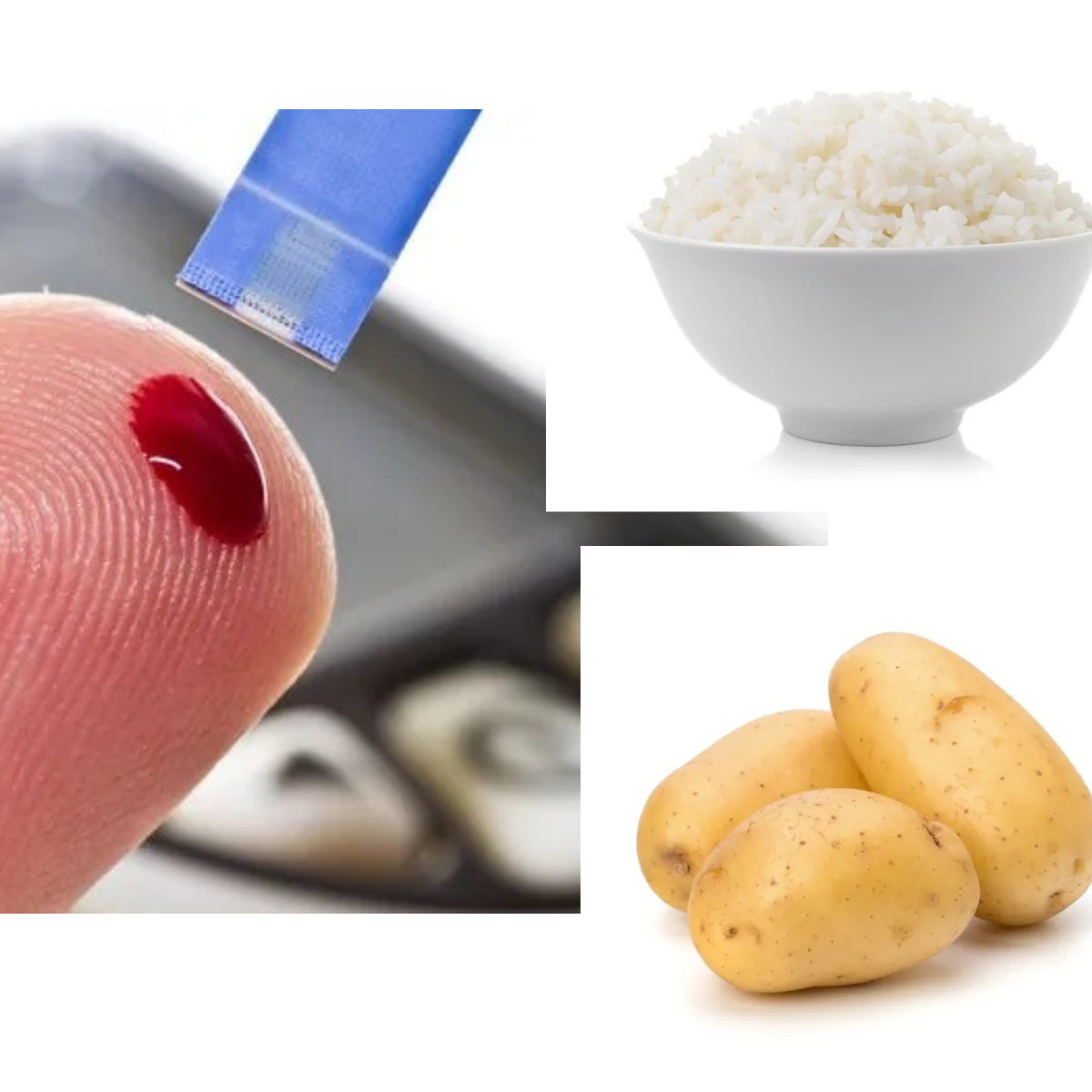Do rice and potatoes really increase blood sugar? Learn the right way to eat them
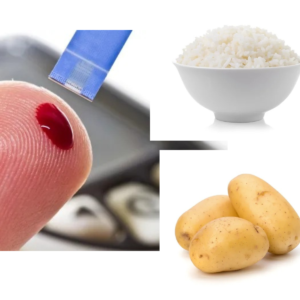
Patients with diabetes frequently worry about their blood sugar levels, both up and down. They frequently worry about what they should do to keep the sugar under control. One such query is frequently connected to diet. Actually, it is frequently mentioned that people with diabetes should avoid two things: first, potatoes, and second, rice (rice in diabetes). To far, it has been claimed that the high starch content of both these foods—potato and rice—increases the sugar rise. In addition, it influences other diabetic symptoms. However, Luke Coutinho, a celebrity wellness coach, has recommended a strategy to eat these two that may be helpful for diabetes.
How to eat rice in diabetes?
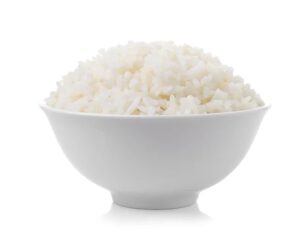
Luke Coutinho, a well-known wellness expert, argues that resistant starch is not detrimental to diabeties but starch is. Luke Contiho advises that you must turn white rice into resistant starch. Cook and cool the rice for this. You may also keep it in the refrigerator for this. The amount of resistant starch will begin to rise as the helpful bacteria gradually expand within it. It could be damaging to you in this way.
role of diet in diabetes
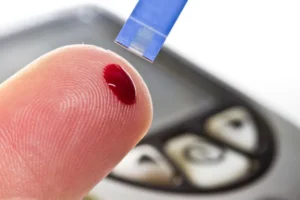
Diabetes can be managed and controlled in large part through diet. Diabetes happens when the body stops producing insulin or when it develops an insulin resistance. A hormone called insulin aids in the entry of blood sugar into bodily cells.
Lack of insulin results in decreased blood sugar absorption by body cells and elevated blood sugar levels. The result is diabetes.
When we eat, the food is broken down into glucose and goes into our bloodstream. While certain foods quickly break down into glucose, others take longer. Food items with a higher GI score typically release glucose into the blood more quickly. Such food items may raise blood sugar levels and increase the risk of developing diabetic problems. White bread and sugary drinks are examples of foods with a high GI score that are easily converted to glucose and raise the possibility of blood sugar rises. Therefore, diabetics should steer clear of meals with high GI ratings. In order to regulate their diabetes, diabetics should eat a balanced diet according to the dietician’s recommendations.
White rice increases the risk of diabetes
According to studies, eating a lot of white rice raises your risk of developing diabetes by 11%. The British Medical Journal (BMJ) states that eating too much rice can be particularly detrimental for diabetic patients.
Overconsumption of rice in your diet has dangers. According to a study published in the British Medical Journal, eating a lot of white rice may increase a person’s risk of type 2 diabetes. The likelihood of getting type 2 diabetes rises by 10%. This suggests that you should be extremely careful about your rice intake if you have prediabetes. Diabetes might develop as a result of a little negligence.
Carbohydrates in potatoes can increase sugar
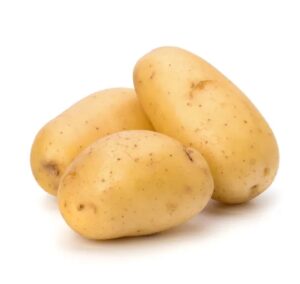
The high glycemic index of potatoes can have an impact on diabetic people. Due to their high carbohydrate content, potatoes are frequently avoided by diabetes people. According to WebMD.com, eating potatoes causes diabetic patients’ body’s stored carbs to combine with the blood and circulate as simple sugar for a prolonged period of time, raising blood sugar levels.
The patient may run the danger of developing heart failure, a stroke, kidney failure, and loss of vision if caution is not taken to raise the blood sugar level. Because of this, it is advised against sugar patients consuming potatoes that are high in carbohydrates. When you eat potatoes, your blood sugar level rises quickly.

